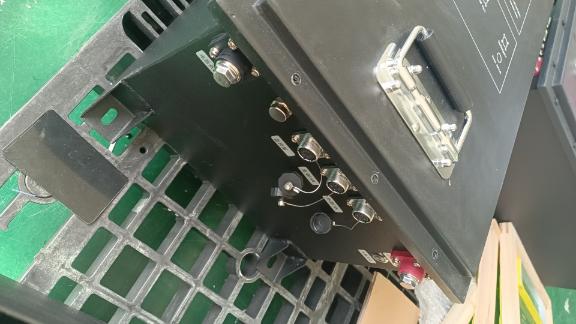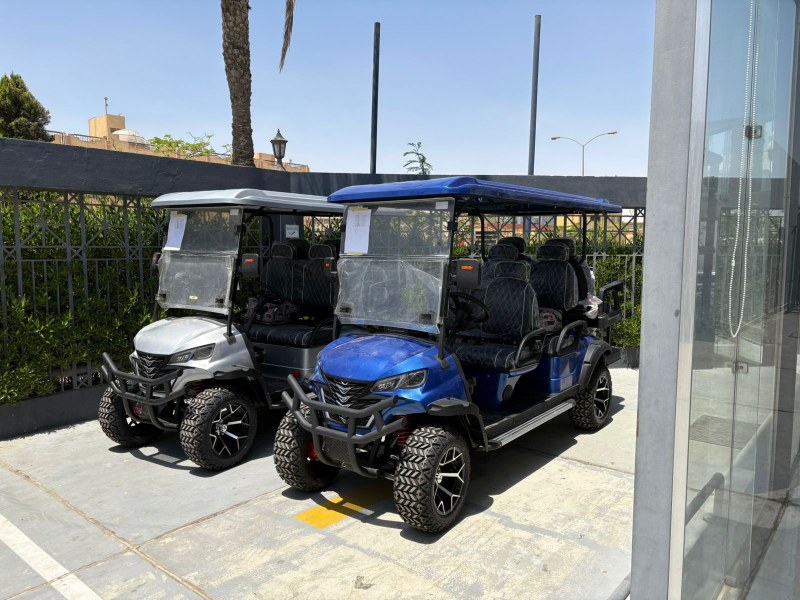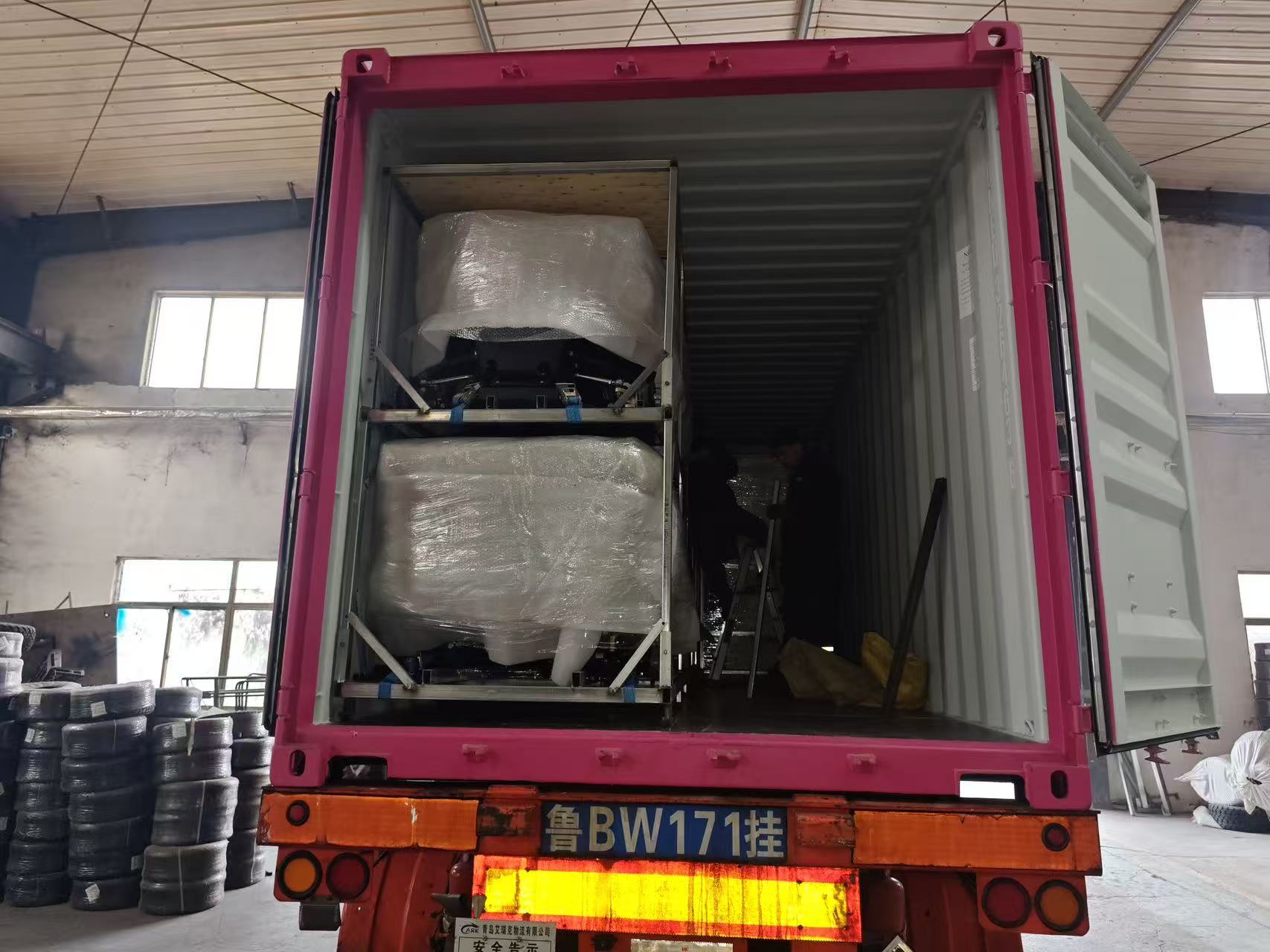When choosing a battery for your golf cart, the decision between lead-acid and lithium-ion batteries can be overwhelming. While both types serve the same purpose, they differ significantly in performance, cost, lifespan, and other factors that could impact your decision.
If you’re confused about which one is right for you, you’re not alone. Many golf cart owners and buyers struggle with this choice, weighing the pros and cons of each option.
What Are the Key Differences Between Lead-Acid and Lithium Golf Cart Batteries?
| Feature | Lithium Battery | Lead-Acid Battery |
| Energy Density | Higher energy density | Lower energy density |
| Weight | Lighter | Heavier |
| Lifespan | 1,000 to 5,000 cycles | 500 to 1,000 cycles |
| Efficiency | More efficient charging, faster charge rates, stable voltage during discharge | Less efficient charging, slower charge rates, less stable voltage during discharge |
| Maintenance | Minimal maintenance | Regular water topping and electrode cleaning needed |
| Cost | Higher initial cost, potentially more cost-effective long-term | Lower initial cost, less cost-effective long-term |
| Environmental Impact | Less environmental impact during production and recycling | Contains lead, higher environmental and health risks |
| General Warranty | 5 years | 1 year |
The main differences between lead-acid and lithium golf cart batteries lie in their energy efficiency, cost, weight, lifetime, and maintenance needs.
1. Energy Efficiency
Lithium-ion batteries are more energy-efficient than lead-acid batteries. This means they can provide more power with a lighter weight, offering a longer range per charge. Lithium batteries also charge faster and retain their charge longer.
2. Lifespan
A significant advantage of lithium batteries is their longer lifespan. Lithium-ion batteries can last 5-10 years with proper maintenance, whereas lead-acid batteries typically last only 3-5 years. This makes lithium batteries a more cost-effective option over time.
3. Cost
Lead-acid batteries are much cheaper initially, which makes them attractive for those on a tight budget. However, their shorter lifespan and higher maintenance costs can make them more expensive in the long run. On the other hand, lithium-ion batteries have a higher upfront cost but save money in the long term due to their durability and lower maintenance needs.
4. Weight
Lead-acid batteries are considerably heavier than lithium-ion batteries, which can reduce the overall efficiency and speed of the golf cart. Lithium-ion batteries, being lighter, contribute to better overall performance, including a higher top speed and faster acceleration.
5. Maintenance
Lead-acid batteries require more maintenance, including checking fluid levels and keeping the terminals clean. In contrast, lithium-ion batteries are virtually maintenance-free, needing little more than periodic checks for safety.
6. Environmental Impact
Lithium-ion batteries are generally considered more environmentally friendly. Lead-acid batteries contain toxic materials, and their disposal can pose environmental risks, although they can be recycled.
7. Quantity
Typically, a lithium-ion battery consists of a single unit, whereas a lead-acid battery is made up of several individual cells connected together to form a battery pack. This difference in construction affects the complexity of installation and replacement.






Lithium batteries are worth the extra investment for many golf cart owners. While they have a higher initial cost, they offer longer lifespan, higher energy efficiency, and lower maintenance needs, making them more cost-effective in the long run. Additionally, lithium batteries provide better performance in terms of speed, efficiency, and range. They are lighter, so they don’t add extra weight to the golf cart, resulting in faster acceleration and longer range. Therefore, if the budget allows, lithium batteries are undoubtedly the best choice.
If you have any questions or inquiries about golf carts and lithium batteries, please contact us at +86 182 9243 8981 or email us at cathy.jia@asevvehicle.com.









